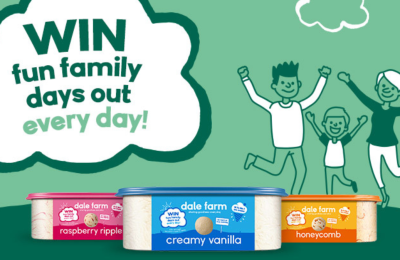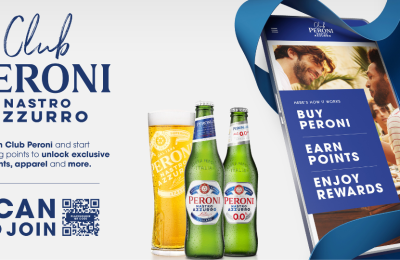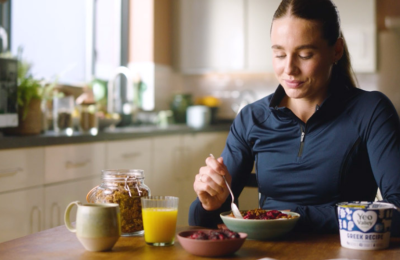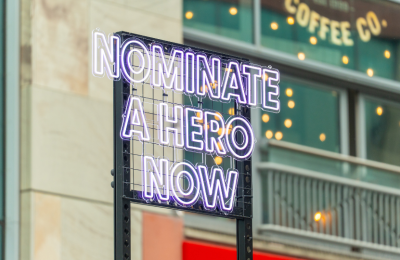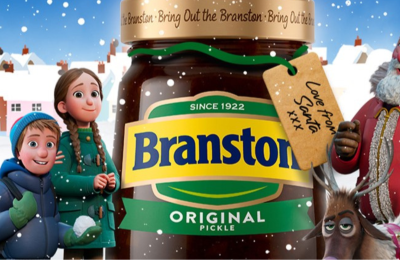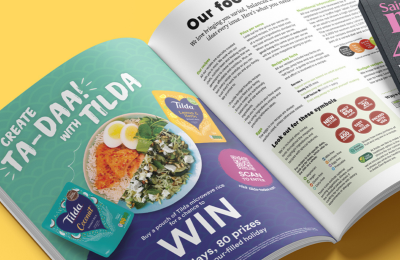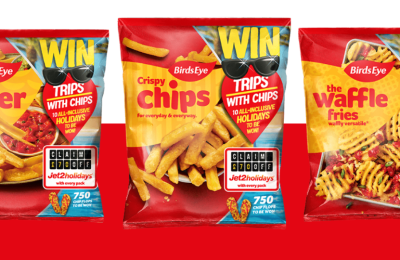Digital promotions and couponing can help FMCG brands build or maintain their share of supermarket shelf space, says Stuart Sankey of Quotient
The UK retail environment, particularly the grocery multiples sector, has always been fiercely competitive – historically, much of that competitiveness centered around the Big Four (Tesco, Sainsbury’s, Asda and Morrison’s,) challenging each other for increased market share, as well as Fast Moving Consumer Goods (FMCG) brand owners battling one another for shelf space for their brands.
The arrival of the German discount grocers Aldi and Lidl (in 1990 and 1994 respectively) and their rapid expansion from 2010 proved to be significant because their success was based on a different business model – a no frills approach and less variety in-store.
A typical Aldi or Lidl store stocks around 2000 items, whereas a Big Four supermarket may stock anywhere between 30,000 to 90,000 items. The undoubted success of Aldi and Lidl has caused a massive shake-up amongst the UK’s Big Four, which in practical terms means that it is now significantly more difficult for FMCG brand owners to achieve and maintain a product listing in the major supermarkets.
Some relatively well known brands have suffered the ignominy of a de-listing in a major supermarket, although it is smaller brands that are being hit hardest as smaller brands lack the marketing budget of the more established names.
What Can FMCG Brands Do To Protect Their Listing?
The Big Four supermarkets are looking for brands that can help drive footfall into their stores – and prove it! They want products that help them with their business model, and FMCG marketers who can demonstrate that their brand fits into this scenario.
Here are some ways you can support your listing:
- Drive Consumer Demand Using Digital Retailers will want to see evidence of ‘reach’ from your marketing plans – and that usually means including digital elements. Make sure that you are not just driving awareness of your products, but actually adding strong call-to-actions to your campaigns that give consumers a reason to go into the store and buy your product.
- Harness Social Media Brands that make the time to invest in Social will reap the rewards. The low barriers to entry mean that smaller FMCG brands that put resources into building a community around their products will improve their chances of driving word of mouth and awareness. If you have an audience on Social Media that you can drive in-store for a promotion or special offer this will help in your listing conversations with retailers.
- Demonstrate Demand with Data Plans and marketing calendars are great, but you will need to demonstrate with data that your promotional activity works. One way to demonstrate effectiveness is by creating consumer demand via promotional offers delivered through retailer loyalty programmes. Another way, which is retailer agnostic, national and scalable, is to use digital printable coupons in your marketing activities – when the consumer redeems them in-store they can be tracked to not only store level but right back to the individual you engaged with online, allowing you to continually drive re-purchase and loyalty cost effectively.
- New Product Launch Activation Consider extending the shelf life of new product launch promotions or campaigns by continuing to provide savings and discounts via a coupon after the in-store promotional activity has ended. This can encourage consumers to continue to buy the product, increasing the likelihood that it will become part of their regular purchase repertoire.
Stuart Sankey is European Sales Director of Quotient Technology Limited (formerly Coupons.com Limited), a leading European digital promotions and media platform that connects FMCG brands, retailers and consumers. It recently launched Shopmium in the UK, a mobile-first proposition that enables FMCG brands to win on mobile.

